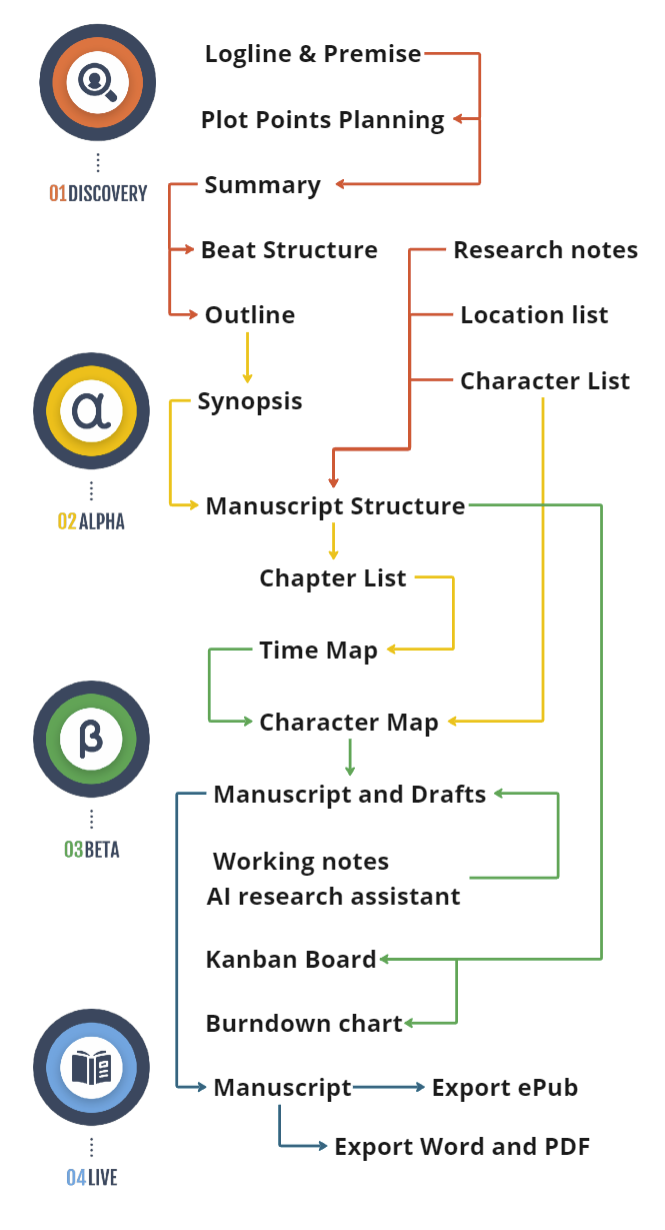Picture sitting at your desk, staring at a rough draft that feels like a jigsaw puzzle missing key pieces. A common temptation is to fix everything in one go—cut, rearrange, rewrite, and polish until it’s perfect. But is that realistic, or even wise? Alternatively, some writers prefer chipping away at problems steadily over time, trusting that small, methodical adjustments add up to a polished final product. Which path should you choose?
At its core, this dilemma boils down to how you tackle revisions. The “one sweep” approach suggests you can solve every structural flaw, remove extraneous characters, and polish dialogue in one heroic editing pass. The “small tweaks” method encourages you to edit in layers, focusing on one aspect of craft at a time—like pacing—before moving on to another—like character development. Both approaches have merit, and each demands a different kind of mental energy.
Writers struggling with an unwieldy draft or feeling overwhelmed by the scope of revisions will find clarity by deciding on a method. Established authors might prefer to do big-picture editing first, then refine smaller details in subsequent passes. Beginners often benefit from a simpler, one-layer-at-a-time approach, which feels less daunting. Ultimately, it depends on your personal workflow, your experience level, and even how tight your deadlines are.
- Assess the severity of issues: If your manuscript has fundamental structural problems—like weak plot arcs or underdeveloped main characters—a sweeping overhaul might be best. This ensures the foundation is solid before you address finer details.
- Set clear revision goals: If you choose the one-sweep strategy, outline the big-ticket items you must fix. If you’re going layer by layer, decide which element to tackle first (e.g., dialogue) so you don’t get sidetracked.
- Stay organized: Use notes, color-coded highlights, or separate documents to track changes. This keeps you from losing sight of what’s done and what still needs attention.
- Invite feedback in phases: If possible, share your work with beta readers or critique partners. Their early insights can steer you away from time-wasting revisions.
The reason to choose one method over the other often hinges on efficiency and mental clarity. Trying to fix everything in a single pass can be exhilarating—like a bold leap toward a perfect draft. But it also risks burnout or missing hidden issues that only become obvious once other elements are improved. Meanwhile, the incremental approach can feel more controlled, though it might prolong the revision timeline. Ultimately, the goal is to align your editing style with what keeps you motivated and consistently productive.
Don’t let revision become an endless maze. Decide on your strategy—one sweeping overhaul or a series of small, focused tweaks—and commit to it. By clarifying your process, you’ll move steadily toward a draft that captures the full power of your story. Which path will you embrace for your next revision?




